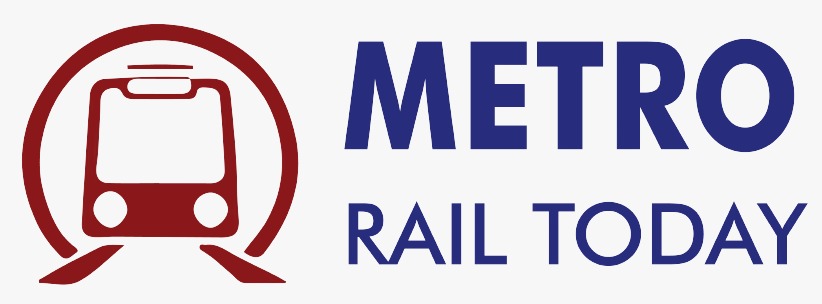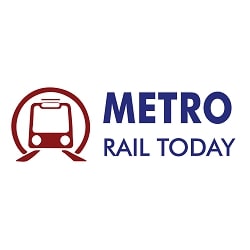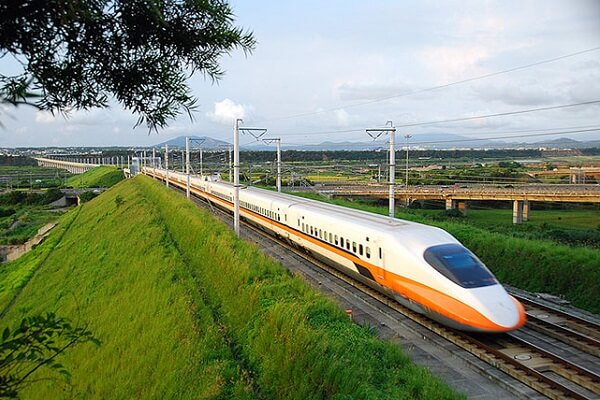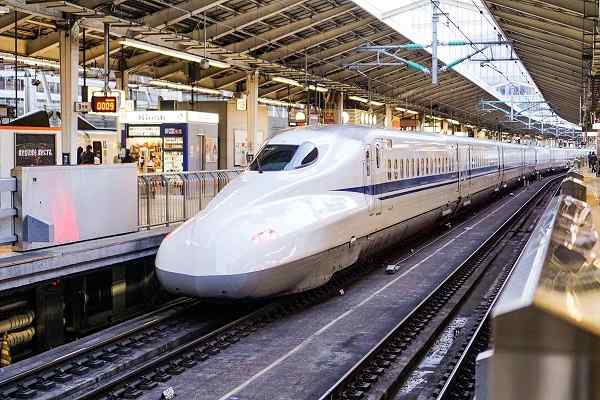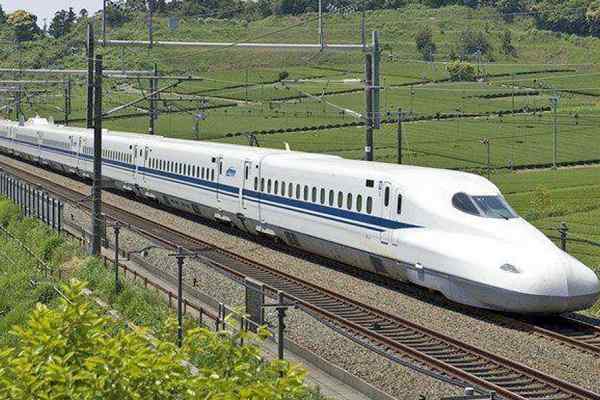 Titagarh Rail Systems Bags ₹273.24-Crore Rolling Stock Contract from Indian Railways
Titagarh Rail Systems Bags ₹273.24-Crore Rolling Stock Contract from Indian Railways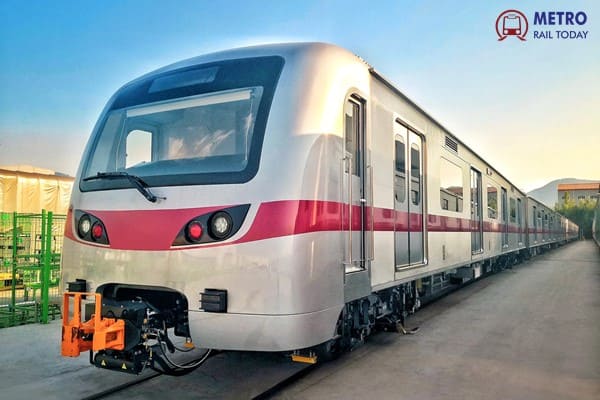 Metro Rail Transit Line (MRT-7): A New Way Forward for the North
Metro Rail Transit Line (MRT-7): A New Way Forward for the North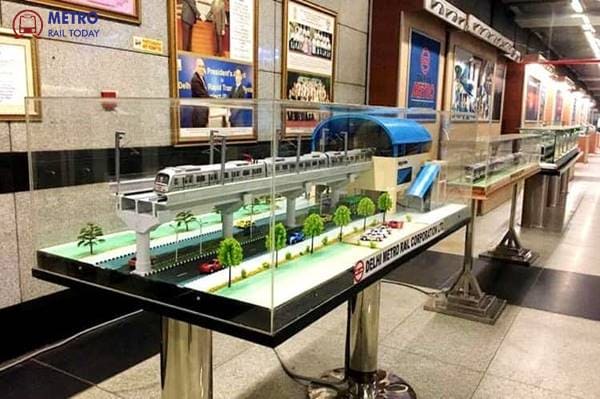 Delhi Metro inaugurates New State-of-the-Art Museum at Supreme Court Metro Station
Delhi Metro inaugurates New State-of-the-Art Museum at Supreme Court Metro Station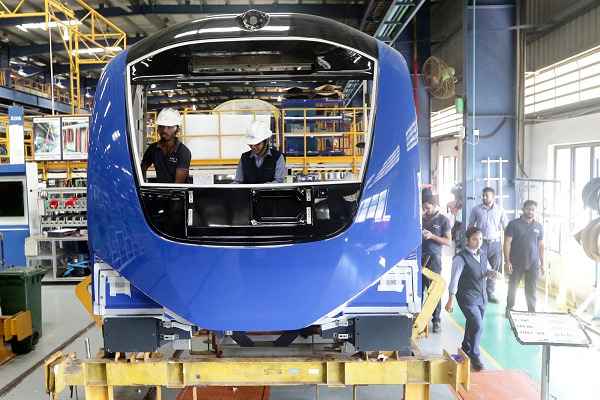 Knorr-Bremse unviels plan to invest ₹1,907 Crore in New Rail Manufacturing Facility in Chennai
Knorr-Bremse unviels plan to invest ₹1,907 Crore in New Rail Manufacturing Facility in Chennai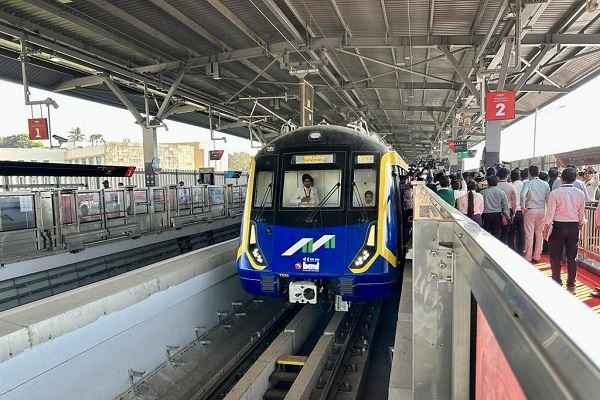 Landmark-Neev JV bags ₹151.2 crore station finishing contract for Mumbai Metro Line 2B
Landmark-Neev JV bags ₹151.2 crore station finishing contract for Mumbai Metro Line 2B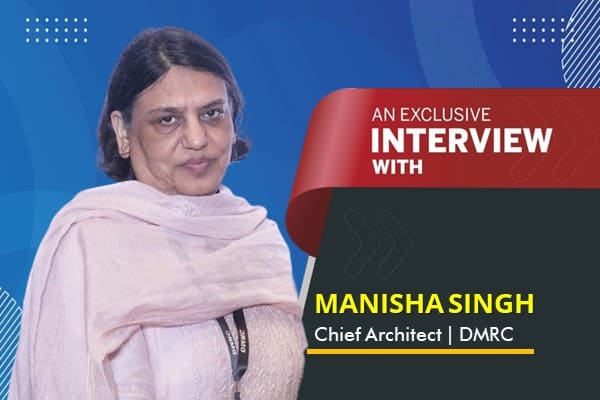 How Delhi Metro is reimagining urban architecture for a sustainable public transport?
How Delhi Metro is reimagining urban architecture for a sustainable public transport?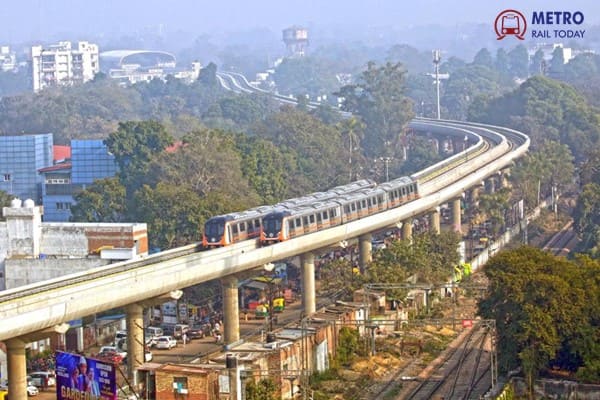 Why India needs a dedicated Ministry for Metro Railways?
Why India needs a dedicated Ministry for Metro Railways?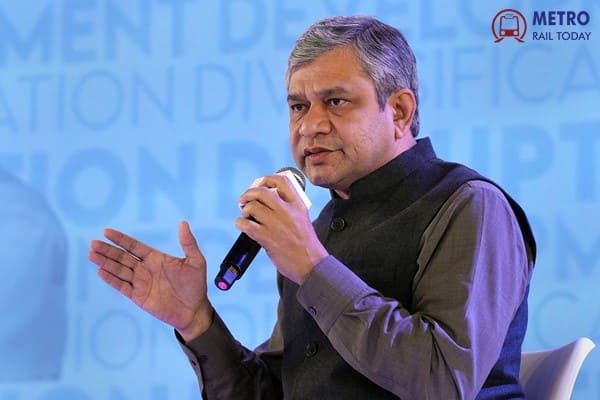 How Ashwini Vaishnaw is shaping India's Railways, Digital Future and Manufacturing Rise?
How Ashwini Vaishnaw is shaping India's Railways, Digital Future and Manufacturing Rise?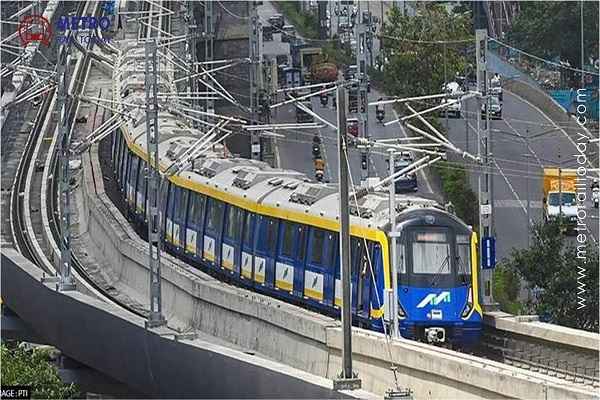 Dev–N.Rose bags ₹201.49-crore Architectural Works contract for 7 stations of Mumbai Metro Line 2B
Dev–N.Rose bags ₹201.49-crore Architectural Works contract for 7 stations of Mumbai Metro Line 2B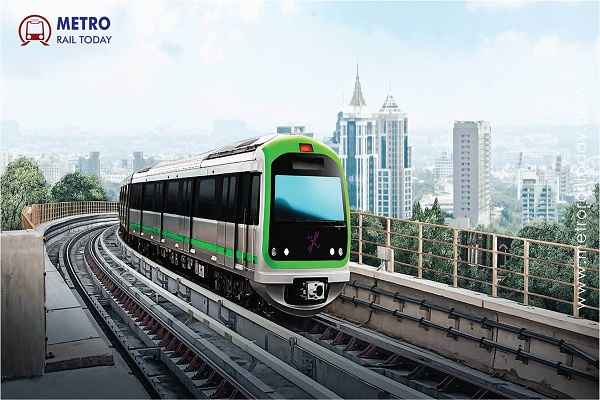 Bangalore Metro to float tenders for ₹25,311 crore Hosahalli–Kadabagere Metro Line
Bangalore Metro to float tenders for ₹25,311 crore Hosahalli–Kadabagere Metro Line
Delay in India's first Bullet Train Mumbai - Ahmedabad HSR line may double the project cost
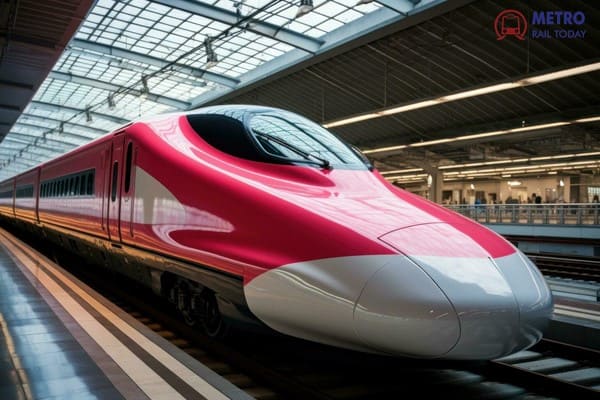
New Delhi, India (Metro Rail Today): Last month, India's Union Railway Minister Ashwini Vaishnaw undertook a crucial three-day visit to Japan, aimed at resolving ongoing issues that have been delaying the ambitious 508-kilometer Mumbai-Ahmedabad High-Speed Rail Corridor, commonly known as the bullet train project. This initiative, backed by Japanese investment, has encountered several challenges, including rising costs and infrastructure development hurdles.
